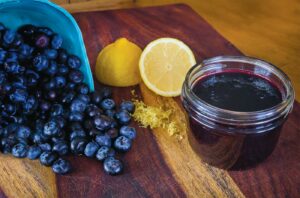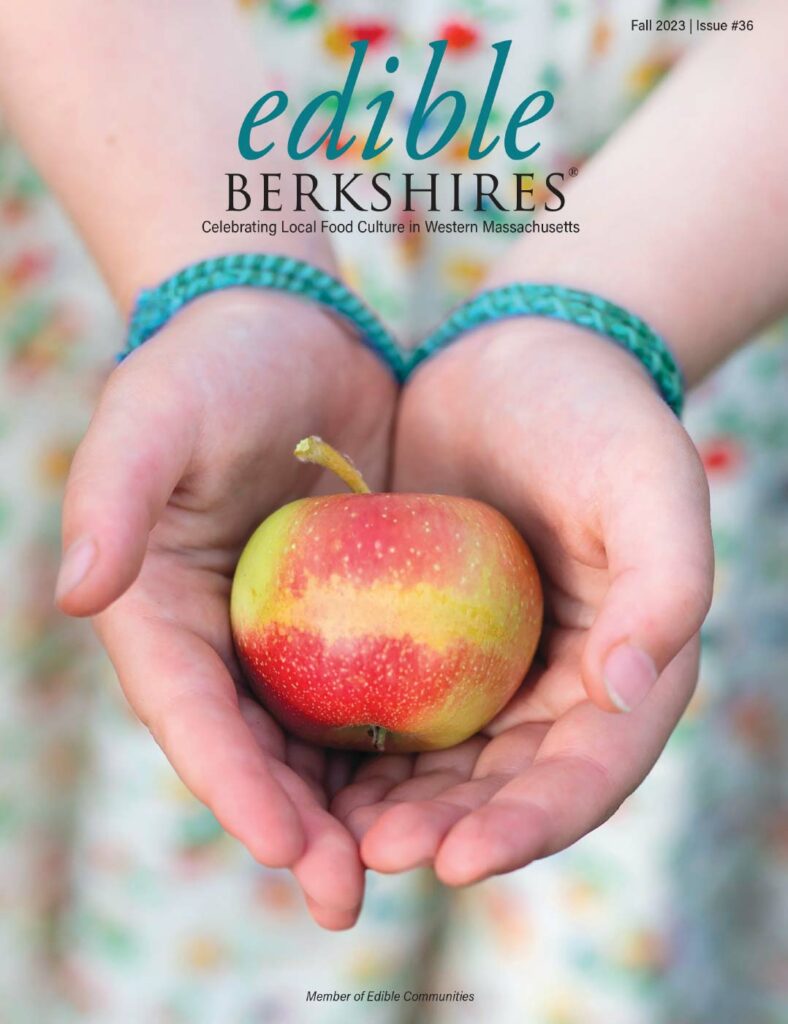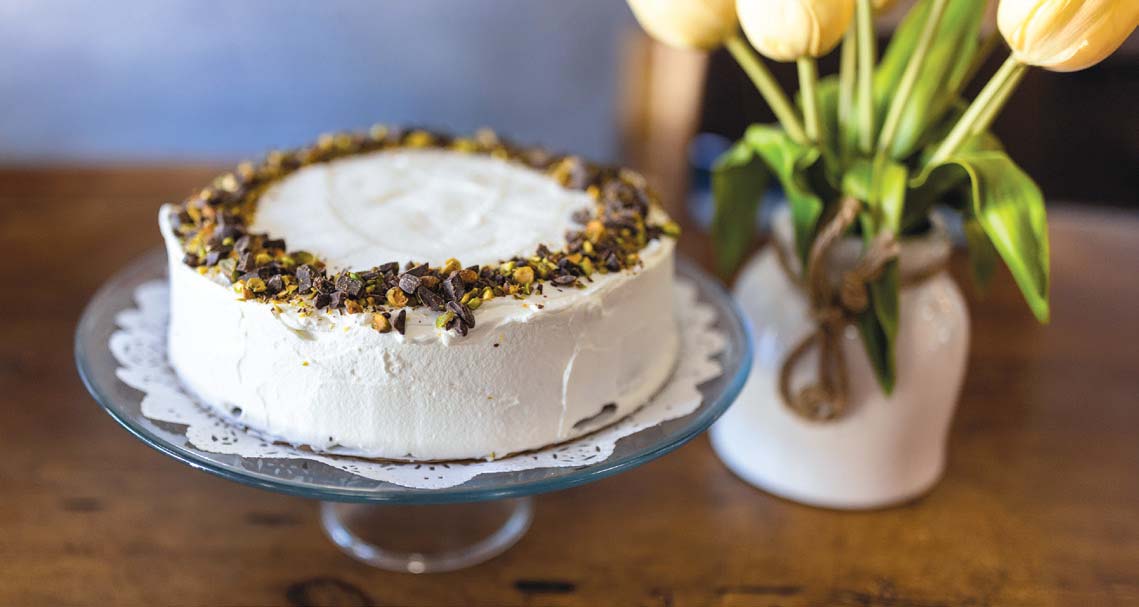SUMMER IN A JAR
My first homemade jam was a disaster. The jam was quite tasty, but I made what felt like a metric ton of it. I had wheeled home a crate of very ripe peaches from the farmers market to our sweltering ground-floor Brooklyn brownstone apartment. After spending the entire weekend sweating while putting up those peaches, I deemed jams and water bath canning way more work than I was willing to do ever again. What I didn’t know then was how you can unlink the farm-size bounty from the delicious output of sweet preserves. Enter small batch preserving.
As with most things, less is more. Most of us don’t typically need to procure an entire crate of fruit, so making jam out of the small baskets you find on farmers market tables or in stores feels more practical. Don’t get me wrong, I have come to enjoy scaling up on infrequent occasions and water-bath canning summer’s treasures for future, less-sunny months. But smaller batches of seasonal fruit preserves make this project more fun and more attainable for all.
Another bonus of going small batch: even fewer ingredients. You don’t need to add pectin when you make jam with less than two pounds of fruit. The natural pectin found in all fruit plus an all-star supporting cast of sugar and lemon juice invite a simple and very tasty science project.
Making jam might seem magical, but it’s really just a little nerdy kitchen science. As you chop or mash fruit, you’re severing the pectin bond network keeping the fruit’s cell walls together, so your task in jam-making is to help those bonds find each other again in a new spreadable format. Adding sugar binds up water molecules, and boiling it all down gets the excess water out of the mixture, bringing the pectin bonds closer together. Adding an acid like lemon juice allows the pectin bonds to reattach, finally forming a tender, delectable set.
Enjoy this bright summer spread on toast, slathered over sharp cheeses, or dolloped in plain yogurt.

SUMMER & EARLY FALL PRODUCE
VEGETABLES:
Arugula • Beets • Bok Choy • Broccoli • Broccoli Rabe • Cabbage • Carrots • Cauliflower • Celery • Collard Greens • Chard • Corn • Cucumber • Eggplant • Escarole • Fennel • Garlic • Green Beans • Green Onions • Kale • Kohlrabi • Leeks • Lettuce • Mushrooms • Onions • Peas • Peppers • Potatoes • Radishes • Rutabaga • Summer Squash • Tomatoes • Tomatillos • Turnips • Zucchini
FRUITS:
Apples • Blueberries • Blackberries • Cherries • Grapes • Melons • Nectarines • Peaches • Plums • Raspberries • Strawberries • Watermelon HERBS: Basil • Cilantro • Dill • Mint • Oregano • Parsley • Rosemary • Sage • Savory • Tarragon • Thyme







